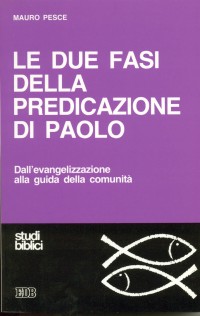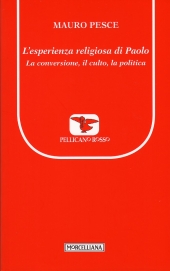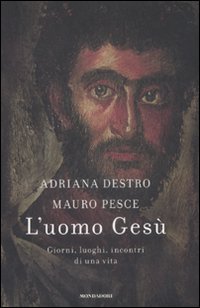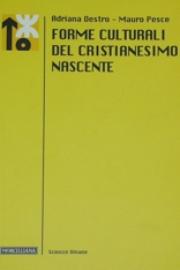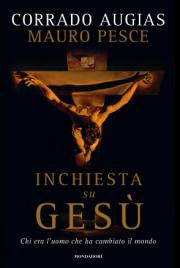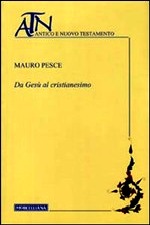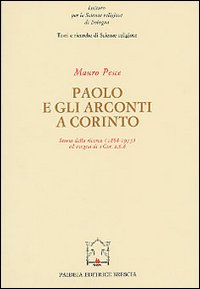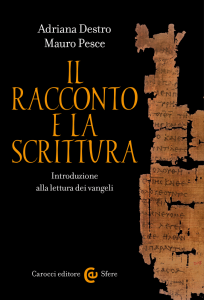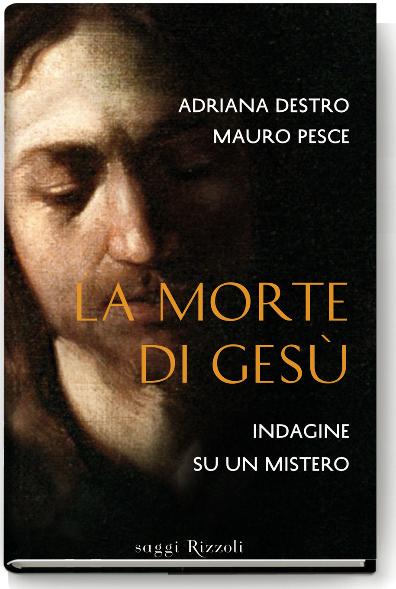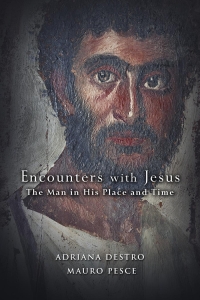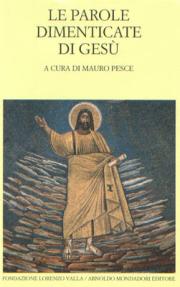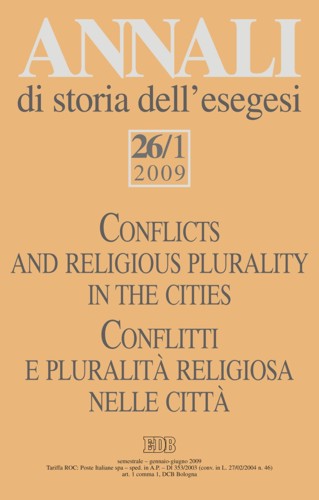I racconti dell'infanzia vang. di Matteo, A.Destro e M.Pesce
- Dettagli
- Categoria: Documenti
- Pubblicato Mercoledì, 19 Settembre 2012 19:36
- Visite: 4852
Adriana Destro – Mauro Pesce
University of Bologna
Questo indirizzo email è protetto dagli spambots. E' necessario abilitare JavaScript per vederlo.">Questo indirizzo email è protetto dagli spambots. E' necessario abilitare JavaScript per vederlo. Questo indirizzo email è protetto dagli spambots. E' necessario abilitare JavaScript per vederlo.">Questo indirizzo email è protetto dagli spambots. E' necessario abilitare JavaScript per vederlo.
The cultural structure of the infancy narrative
in the Gospel of Matthew
All narratives necessarily presuppose cultural frames that allow the story’s construction, and the collocation of the events in interpretive models common to the culture in which the writer lives. The aim of our paper is to highlight the cultural frames underlying the narrative of the first two chapters of the Gospel of Matthew. In order to evidence the cultural frames in which the discourse is embedded, two conceptually distinct, but necessarily related operations are required: first of all, an exegesis of the text and a reconstruction of the history of the tradition before Matthew[1], then, the reconstruction of the immediate and explicit cultural context of the fundamental elements of the narrative. In this paper, however, textual exegesis and the collocation of Matthew within the early-Christian, the Jewish, and the Hellenistic context, are subordinated to the foregrounding of certain general cultural frames.
Matthew 1-3 and the advent of God’s final kingdom
Chapters 1 and 2 of Matthew[2] are underpinned by two fundamental convictions: that Jesus is the “Messiah” (Mt 1.1,16,17), and is the “king of the Jews” (Mt 2.2) descended from David (Mt 1.1) and born in Bethlehem (Mt 2.1); and that his birth marks the beginning of the coming of the kingdom of God. Jesus’ birth is the fulfilment of the story begun with Abraham, who now truly becomes the heir of many peoples and many lands (Gen 17.5; 18.18). The advent of the kingdom and the birth of the king are also made manifest by a celestial event (the star seen by the Magi, Mt 2.2), signalling a decisive turning point in the history of the people of Israel and of all peoples.
[1] About the history of tradition see e.g. E.Norelli, “L’AI e il Vangelo di Matteo”, in L‘Ascensione di Isaia. Studi su un apocrifo al crovevia dei cristianesimi, Bologna: EDB, 1994, pp.115-166; Id., “Les plus anciennes traditions sur la naissance de Jésus : état et perspectives de la recherche”, presented at the first meeting of the “Programme de l’Ecole doctorale ‘Evangiles de l’enfance’ - Lausanne, 30 septembre 2010”. See also note 50. We agree with Norelli when he writes that «Les récits de Matthieu et de Luc … représentent … seulement deux élaborations parmi plusieurs autres qui ont pu circuler à côté de celles-là et de manière indépendante d’elles ou de leurs sources».
[2] The immense bibliography on the Infancy Narrative in Matthew can be found in commentaries. See also R.E. Brown, La nascita del messia secondo Matteo e Luca, Assisi: Cittadella, 2002 (orig. Am.: The Birth of the Messiah, New York: Doubleday, 1993); A.Paul, L'Évangile de l'enfance selon saint Matthieu, Paris: Cerf, 1984; G.Segalla, Una storia annunciata. I racconti dell’infanzia in Matteo, Brescia: Morcelliana, 1987; Ch. Perrot, Les récits de l’enfance de Jésus: Matthieu 1-2. Luc 1-2, Paris: Service Biblique Evanglies et Vie, 1976. For a Bibliography on Matthean genealogy see: J. Nolland, “Jechoniah and His Brothers (Matthew 1:11),” Bulletin for Biblical Research 7 (1997), pp. 169-170.

